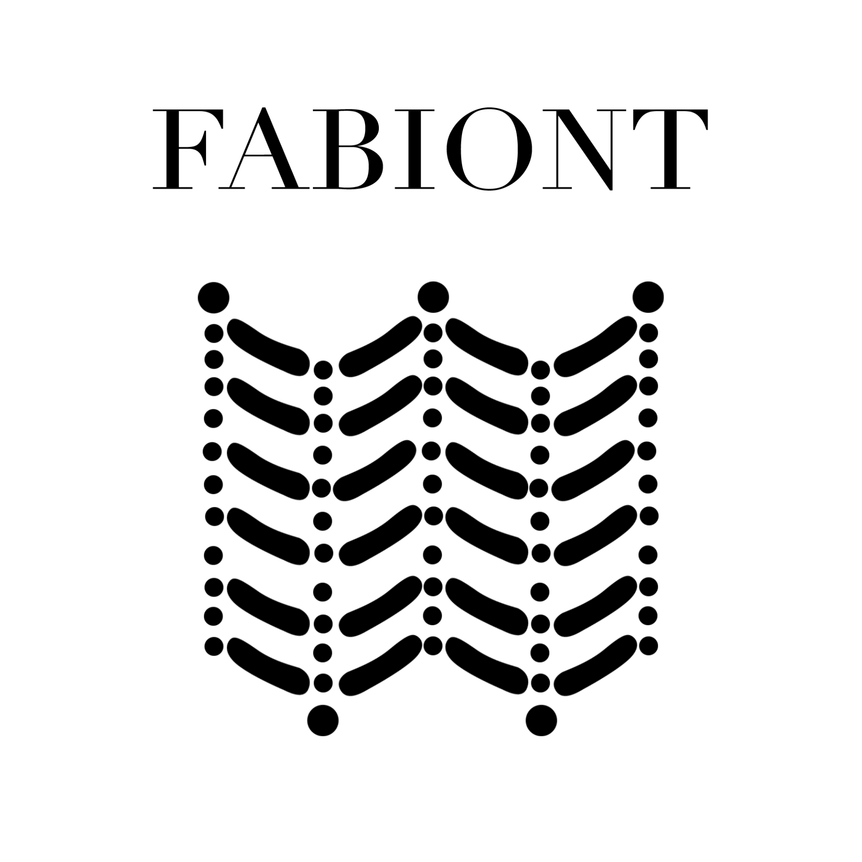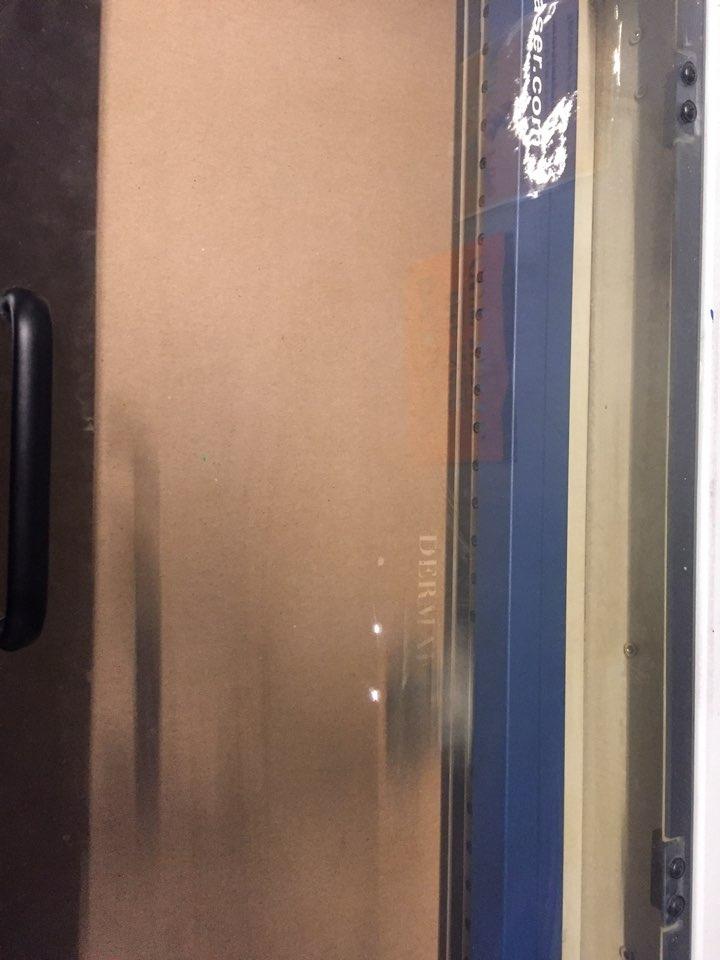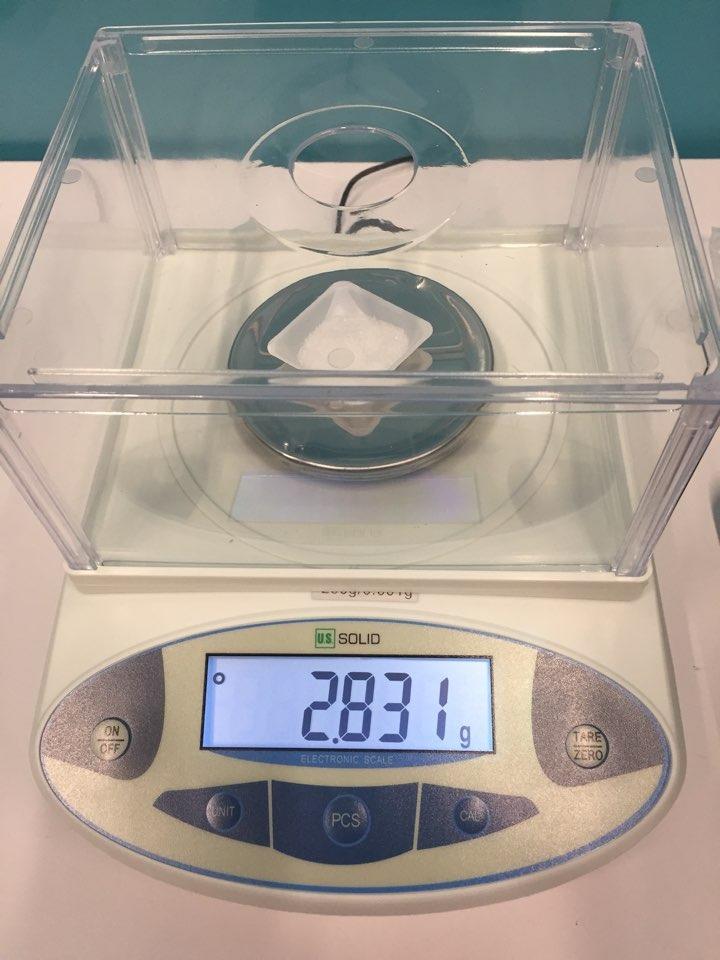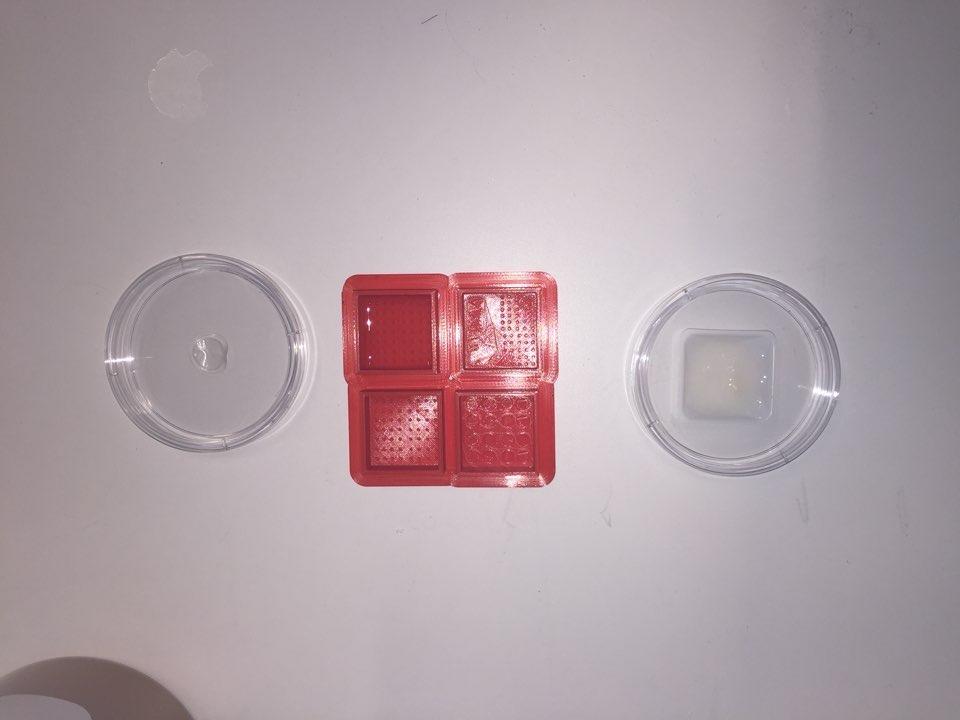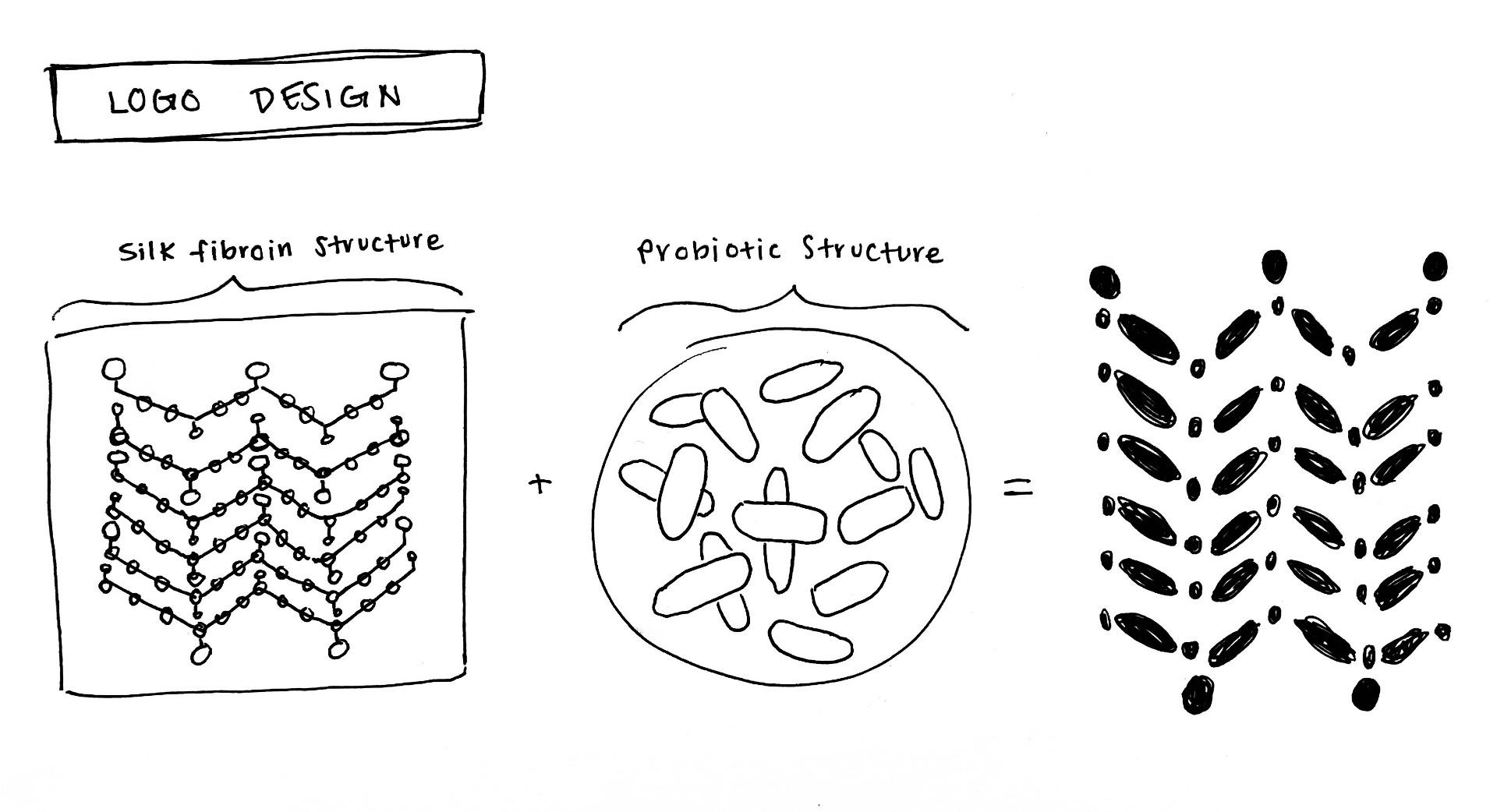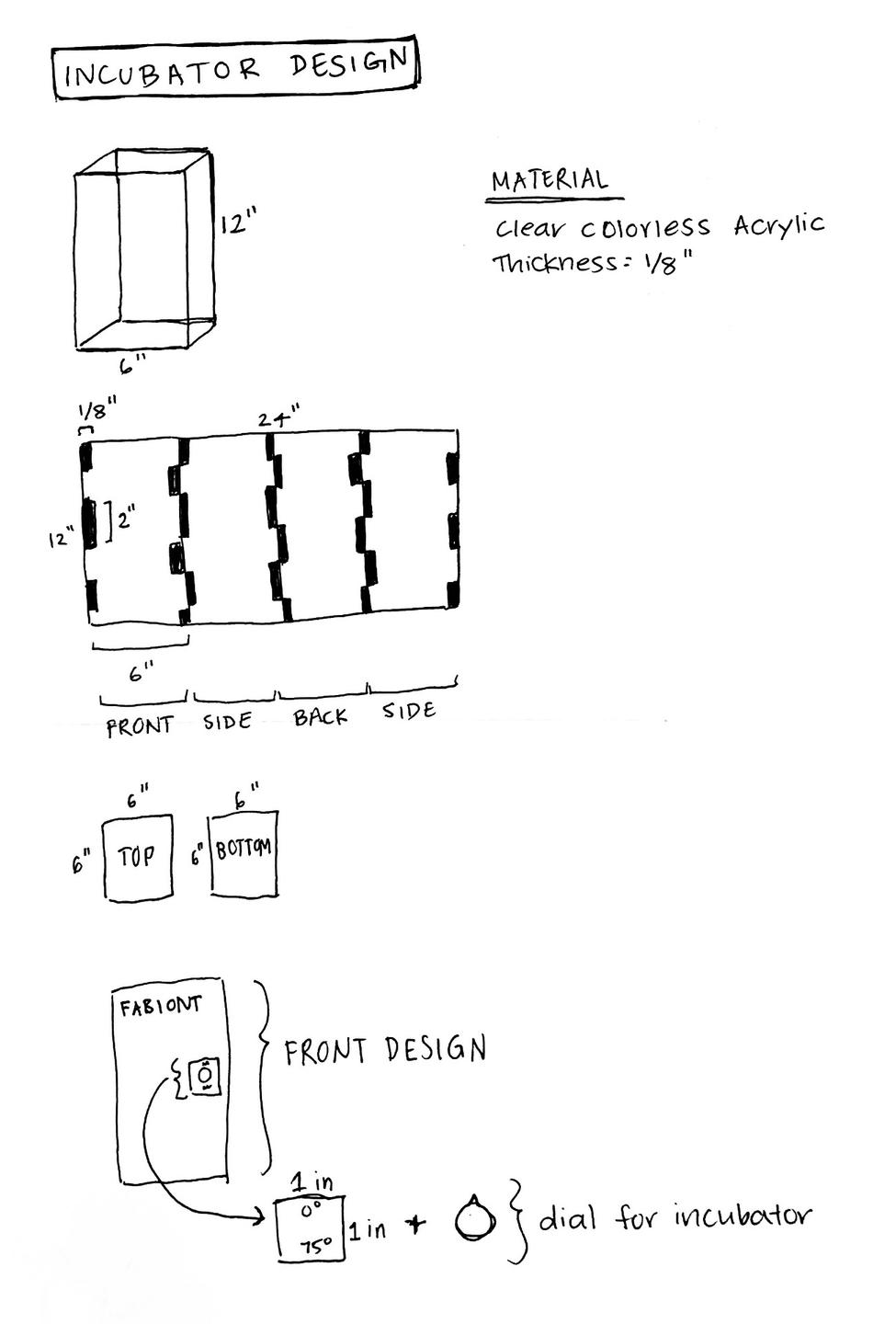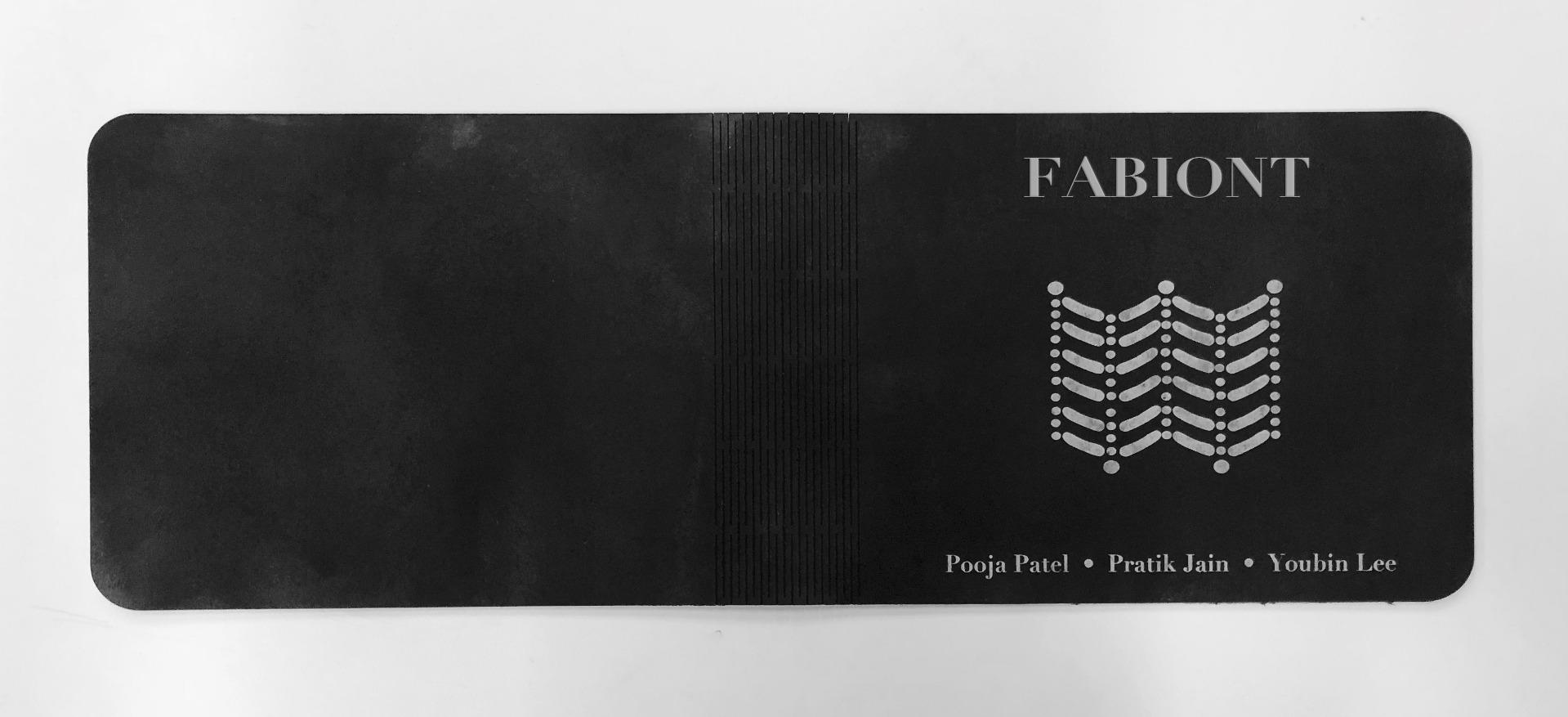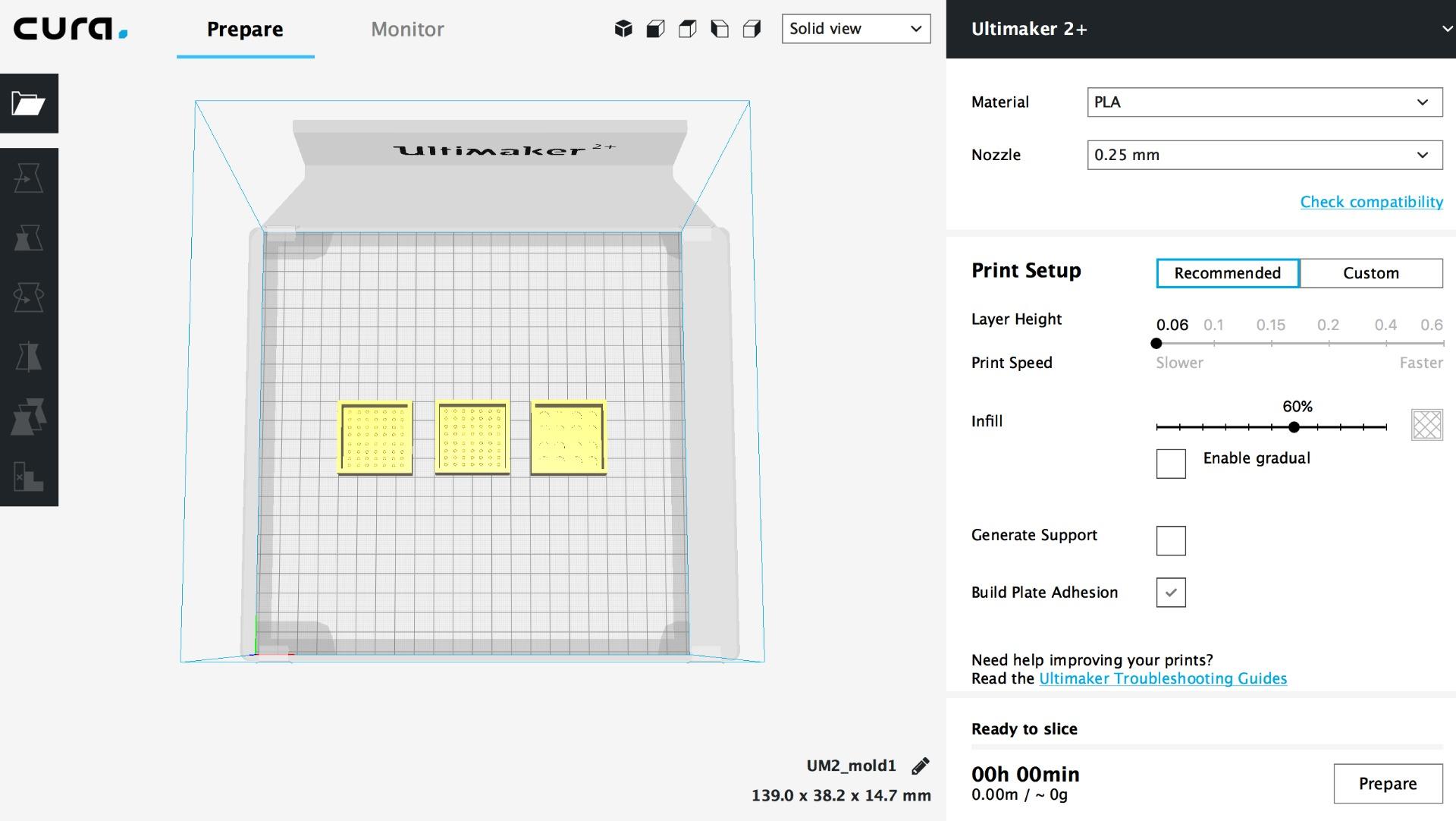Skin Probiotic Fabrics via Silk Fibroin Extraction
Project Description
Human beings do not exist in a void, but are holobionts, meaning a network of interactions between the host and its symbionts. The gut and skin microbiomes play an essential role in human health, yet we have no way to supplement our skin microbiome. We propose a fabric for which the structure at the microscopic scale has been optimized to host known beneficial skin probiotics. Such garments act as an additional “skin” layer that augments the naturally given skin microbiome, a paradigm shift in both the fashion and skincare industries.
Skin Microbiome
As the largest organ of our body, skin not only acts as the first line of defense but also provides suitable microenvironments for billions of microorganisms. Human skin is initially colonized by microorganisms at birth and slowly transforms into a highly diverse environment. In fact, these billions of microorganisms on our skin build one of the three types of relationships with humans: mutualistic, commensal, and parasitic. Surprisingly, a majority of microorganisms that reside on skin are either mutually beneficial or harmless.

Our Project
With the development of new technologies, external environments, interactions with nature and other organisms, and change of daily lifestyle, our skin microbiome has been affected. As a result, this occurrence has disrupted the beneficial relationships between humans and microorganisms. Therefore, via NYU Tandon Integrated Digital Media’s Spring 2018 course: Micro-Environment Exploration Lab, we are aiming to create a probiotic fabric to better understand, alter, and enhance these relationships in a better way to re-establish and maintain beneficial microbes.
Although there are many studies researching the diversity of the skin microbiome, there are few that attempt to alter the state of microbial communities that exist on our skin. Thus, in our project, we are incorporating probiotics into silk fibroins extracted from raw silk in order to create fabrics that allow us to positively affect the skin microbiome. We hope to increase our knowledge of the skin microbiome and alleviate various skin problems that are mainly caused by fast-changing environments in our modern society.
The reimplementation of diversity in the skin’s microbial communities and increased exposure to good bacteria could help us to restore the skin microbiome. If successful, these fabrics could slowly become integrated into the items that we interact with on an everyday basis. Such an approach will perhaps change our perspectives towards clothing in general. Through our project, we wish to show that clothing can serve as more than merely fabric for the sole purpose of insulation or protection but rather, as an additional “skin” layer that strengthens the naturally given skin microbiome.
PETA Prize for Animal Free Wool
In the second iteration of our project, we propose a method of attaining silk fibroins via the genetic engineering of algae. This is a newer, more sustainable method as it’s quicker and thus, much more efficient. This silk fibroin can then be used to create fabrics of varying qualities. Not only does this fabric fit into the qualifications of the PETA prize for Animal-Free Wool as it will be made out of a sustainable biomaterial, but it also goes beyond that by encouraging nature, by way of probiotics, to be a significant factor in the garment industry. Probiotics are often associated with the gut microbiome, but never that of the skin. By creating such a fabric that eliminates animal injustice and also forces the general public to think about their skin differently, we could have an incredible impact on an two giant industries - skincare and fashion.
Skincare is all about cleanliness and anti-bacterial products these days. However, we may be doing more harm than good by using antibacterial chemicals. In terms of the fashion industry, we could create a trend that in turn, informs and starts a conversation surrounding the importance of micro-environments. Furthermore, silk fibroin is a biocompatible and biodegradable material that can be easily recycled for many purposes. In regards to the probiotics, simple autoclaving process would have to be instituted to remove any bacteria from the material before being recycled. However, this is no different that the typical recycling process which calls for a pre-recycling inspection anyhow.
Based on our first iteration, we have created a soft, spongy material by combining sea salt and the extracted silk fibroin. Through future iterations, we hope to find a specific combination of these two ingredients that leads to a more wool-like material. As such, using silk fibroin sponges to create animal-free wool is highly feasible and could provide a greater incentive when combined with probiotics. So, rather than splurging on real wool, people could pay the same, or even less, for a comparable probiotic fabric.
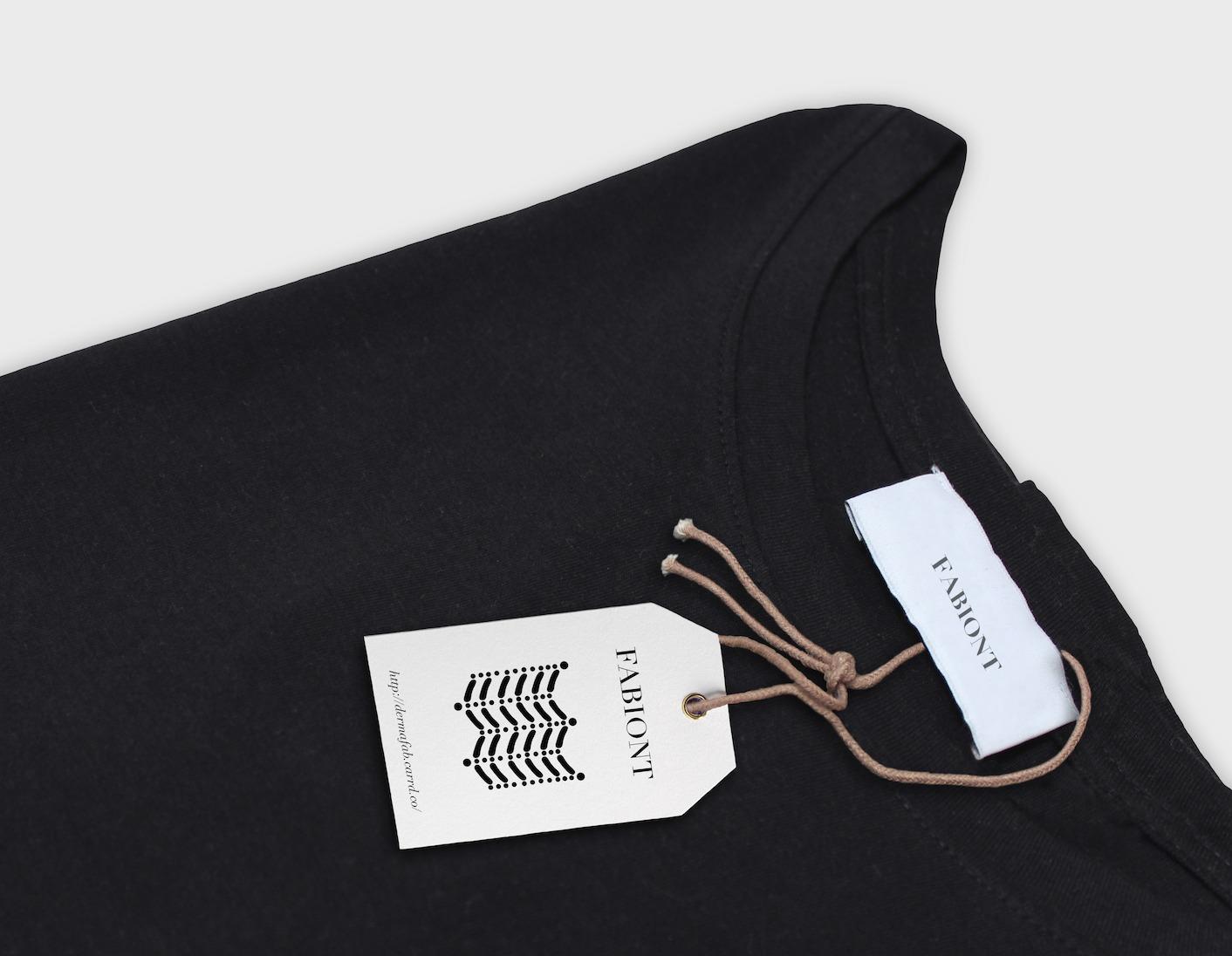
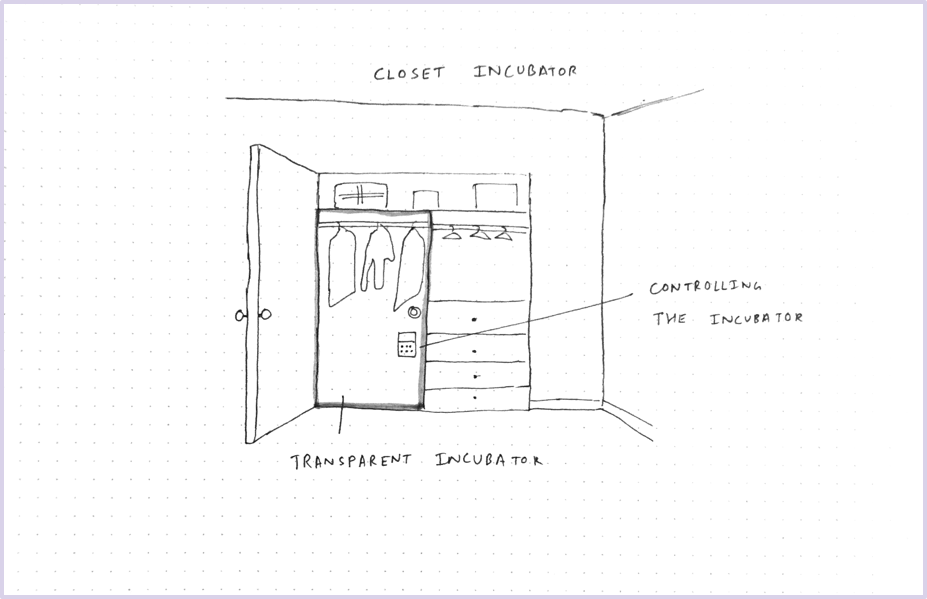
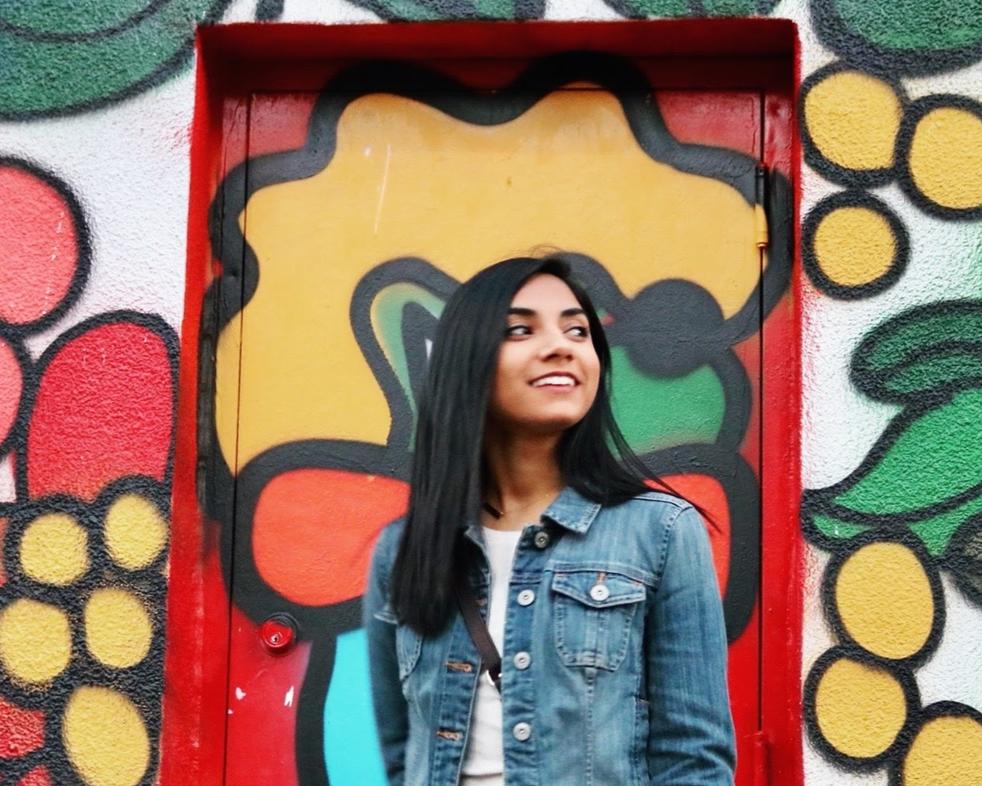


Pooja Patel
Youbin Lee
Pratik Jain
Pooja is a third year undergraduate student studying Integrated Digital Media at New York University with a focus on graphic design and motion graphics. She is interested in exploring the fields of physical computing and wearable technology to further study the interaction between art and technology.
Portfolio: poojapatel.myportfolio.com
Youbin is from Seoul, South Korea. She is studying biomolecular science and math at New York University. Even though her prior experiences are mainly focused on research and internships at hospitals, she is interested in areas that can utilize her specialty in science and math. Youbin is passionate about wearable tech that merges biotechnology and design to provide accessible and empowering health care.
Pratik Jain is a Product Designer currently pursuing a Masters Degree in Integrated Digital Media at New York University. In his independent design practice, he is working on interface design, web & mobile UX, brand identity, and user research projects.
Portfolio: www.pratikjain.xyz
Advisors
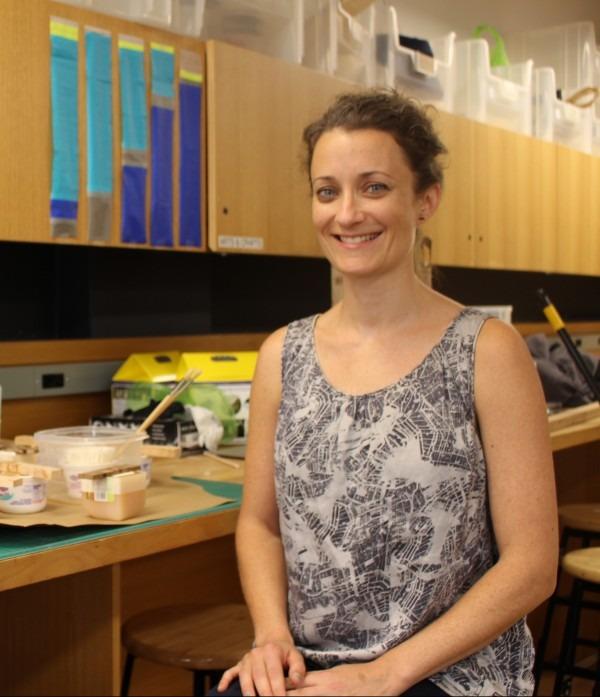

Elizabeth Henaff
Chris Woebken
Dr. Elizabeth Hénaff is a computational biologist and designer. Her academic trajectory started with a Bachelors in Computer Science, followed by a Master’s in Plant Biology (both from UT Austin) and a PhD in Bioinformatics from the University of Barcelona. This inquiry has produced a body of work that ranges from scientific articles in peer-reviewed journals, to projects with landscape architects, to working as an artist in environments from SVA to the MIT Media Lab. She is currently holds an Assistant Professor position in the Integrated Digital Media department at the NYU Tandon School of Engineering in New York City.
Chris Woebken is a designer and educator based in New York City. Chris is teaching at New York University’s ITP program and he co-directs the Extrapolation Factory, a research-studio developing experimental methods for collaboratively prototyping, experiencing and impacting future scenarios. Chris's work has been exhibited at MoMA in New York, the Walker Art Center in Minneapolis, and the ZKM Center for Art and Media Karlsruhe. Chris holds an MA in Design Interactions from the Royal College of Art in London.
Week 1
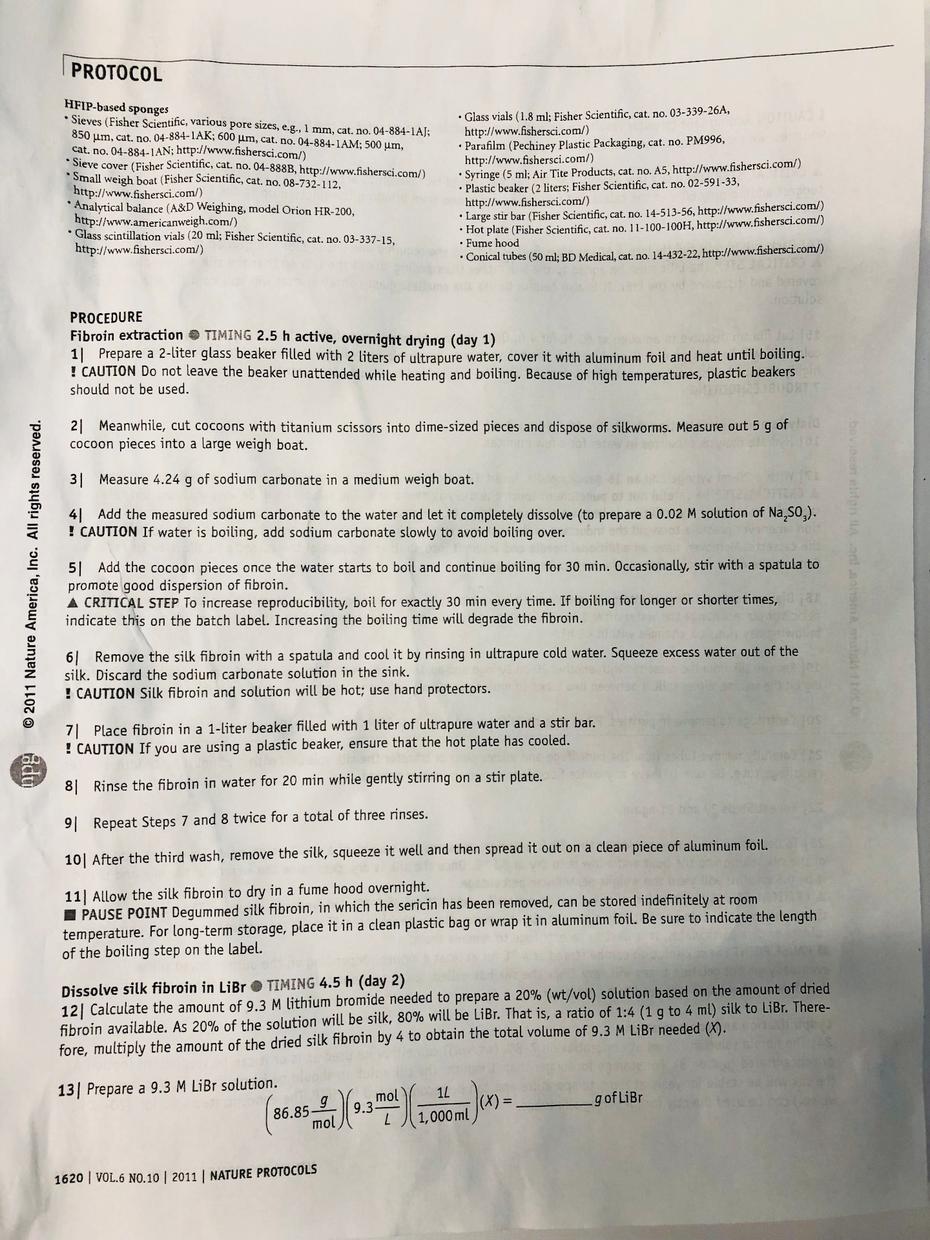
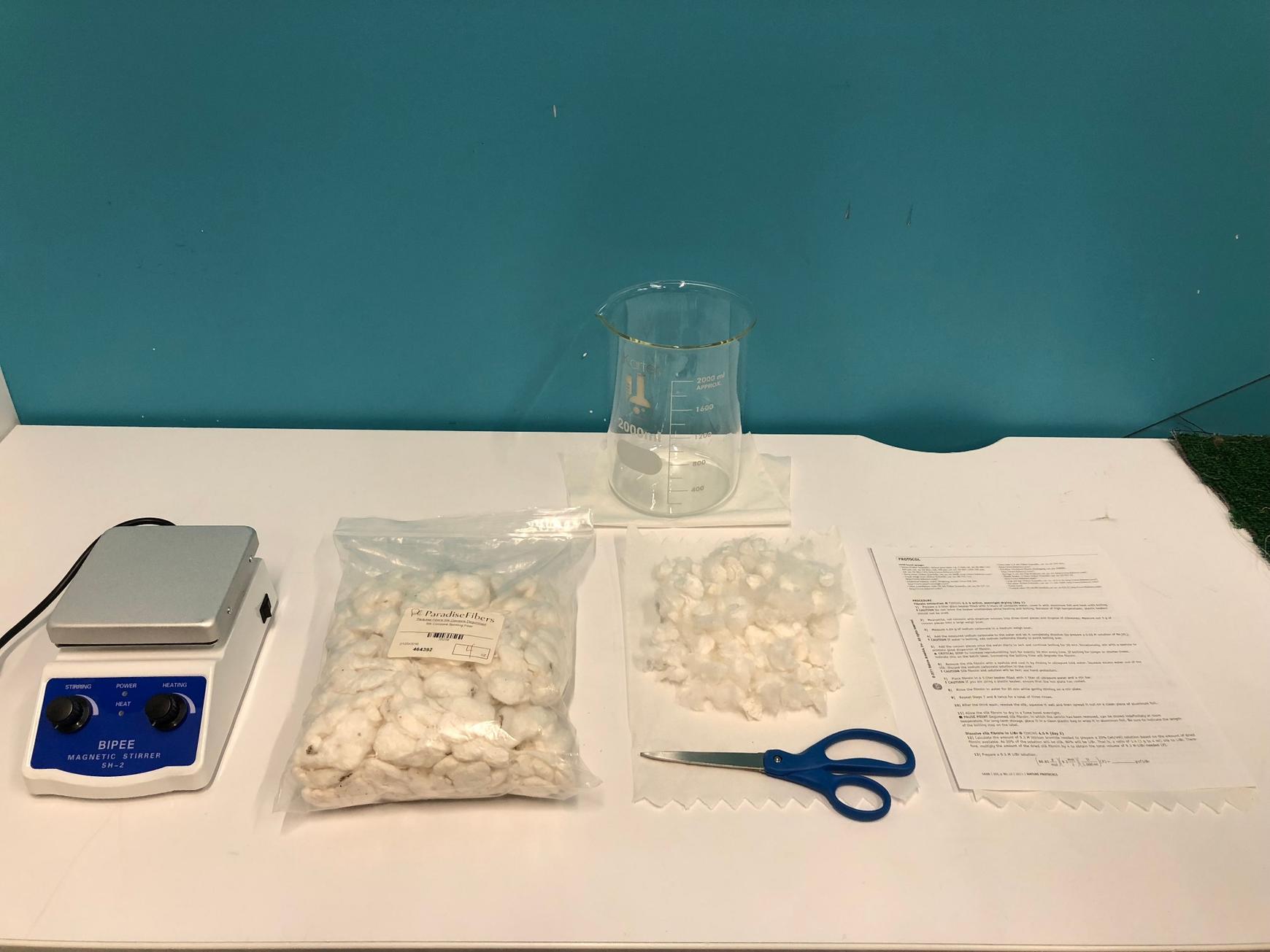

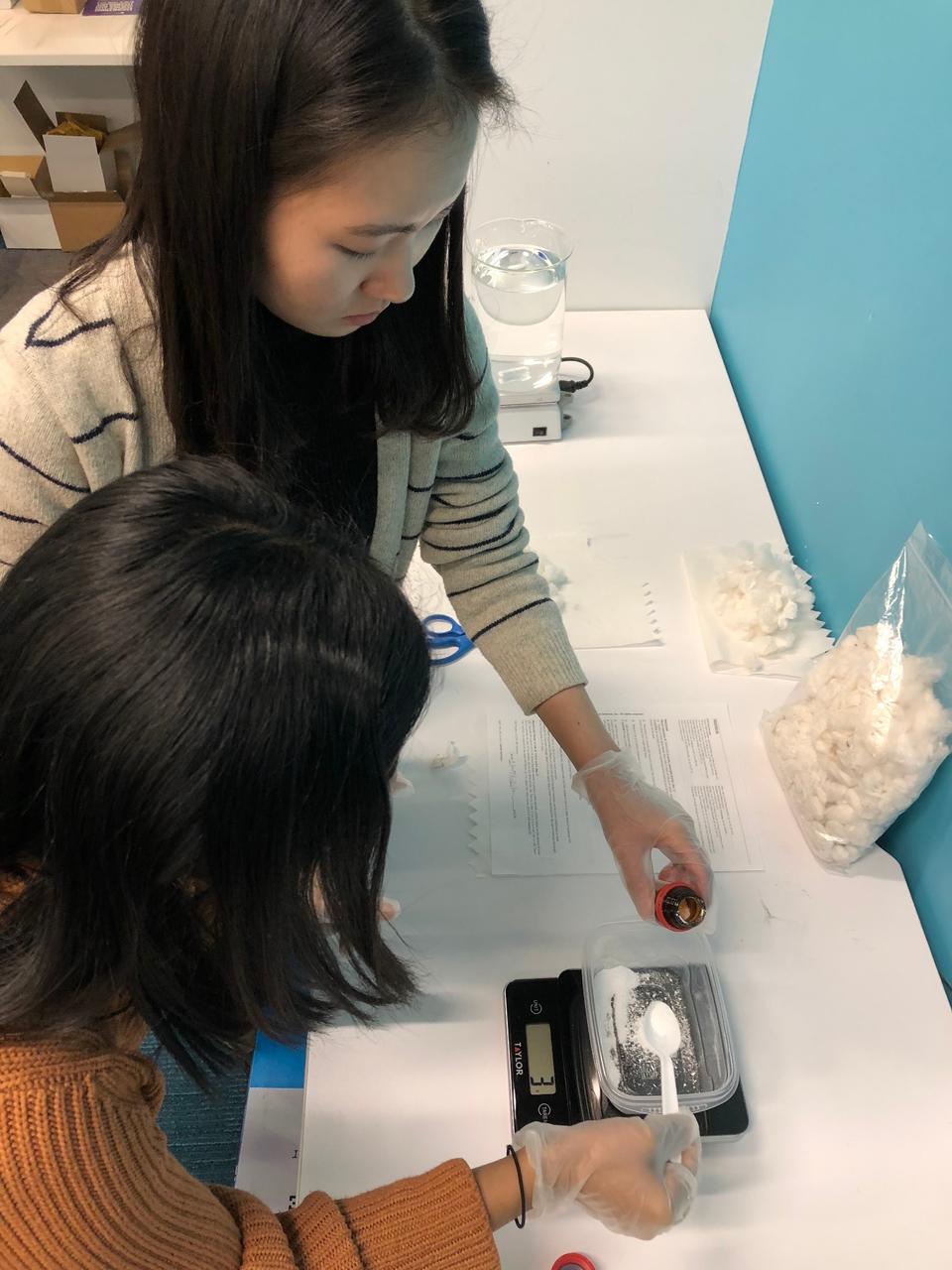



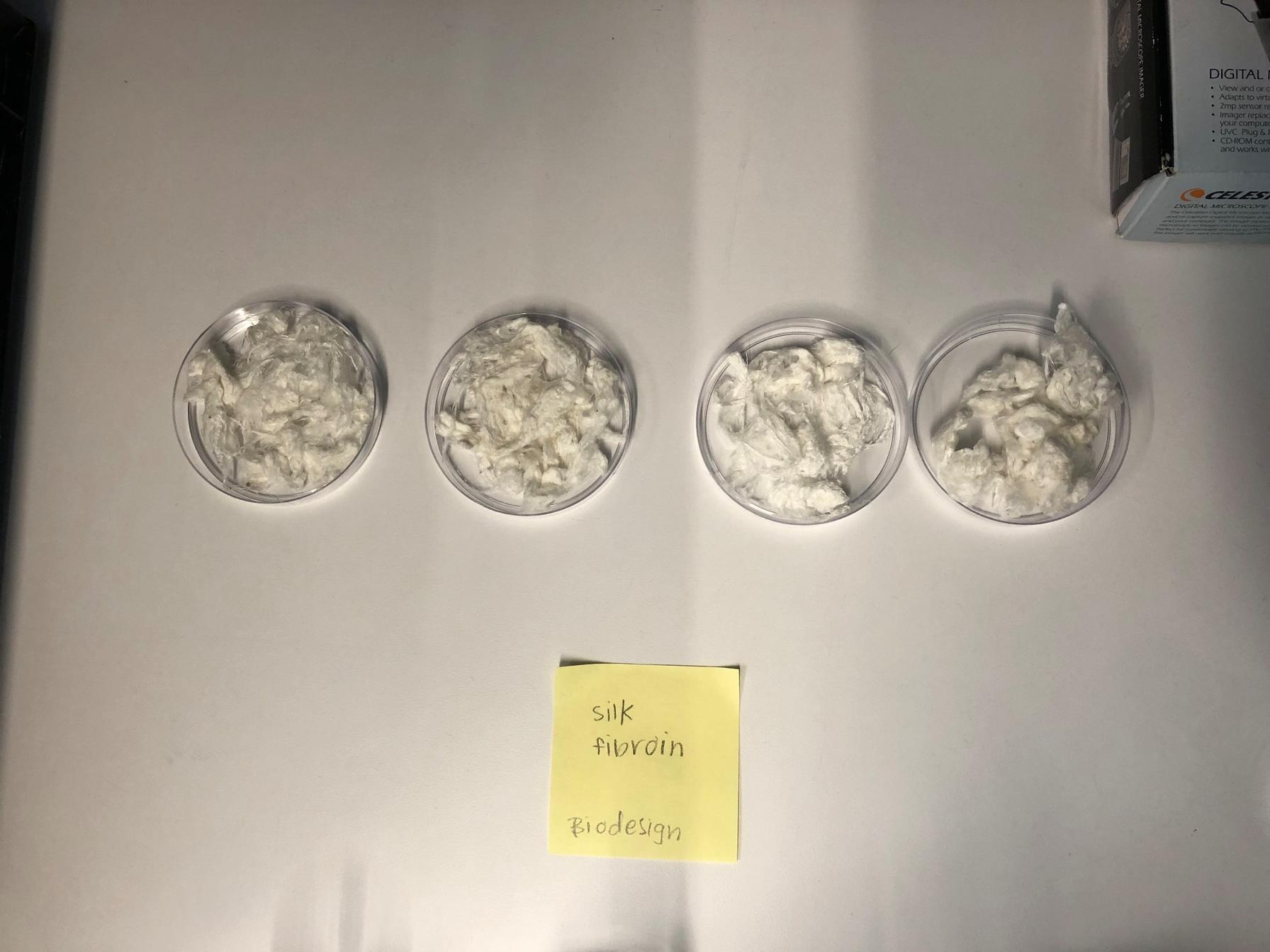
Week 2
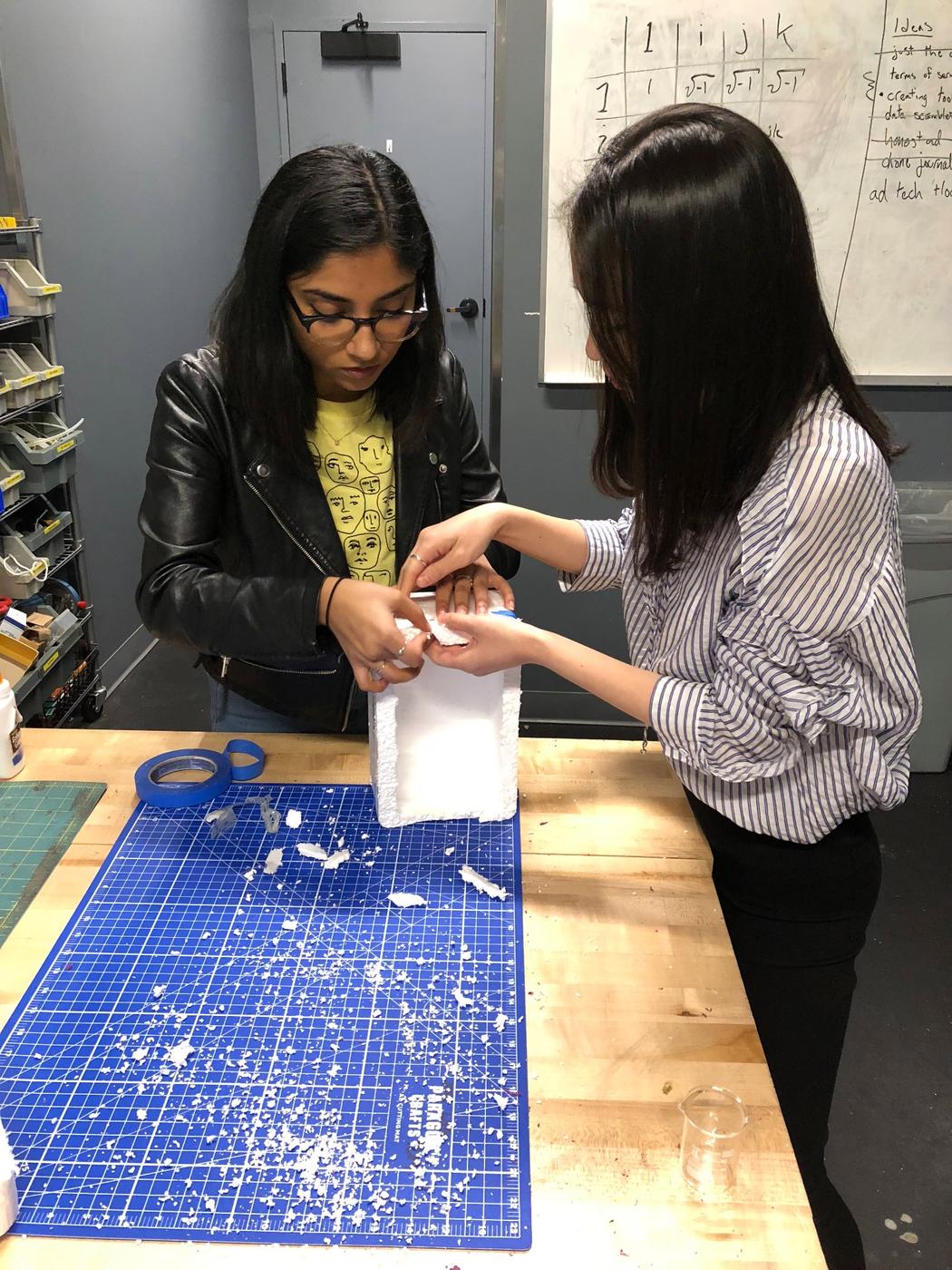
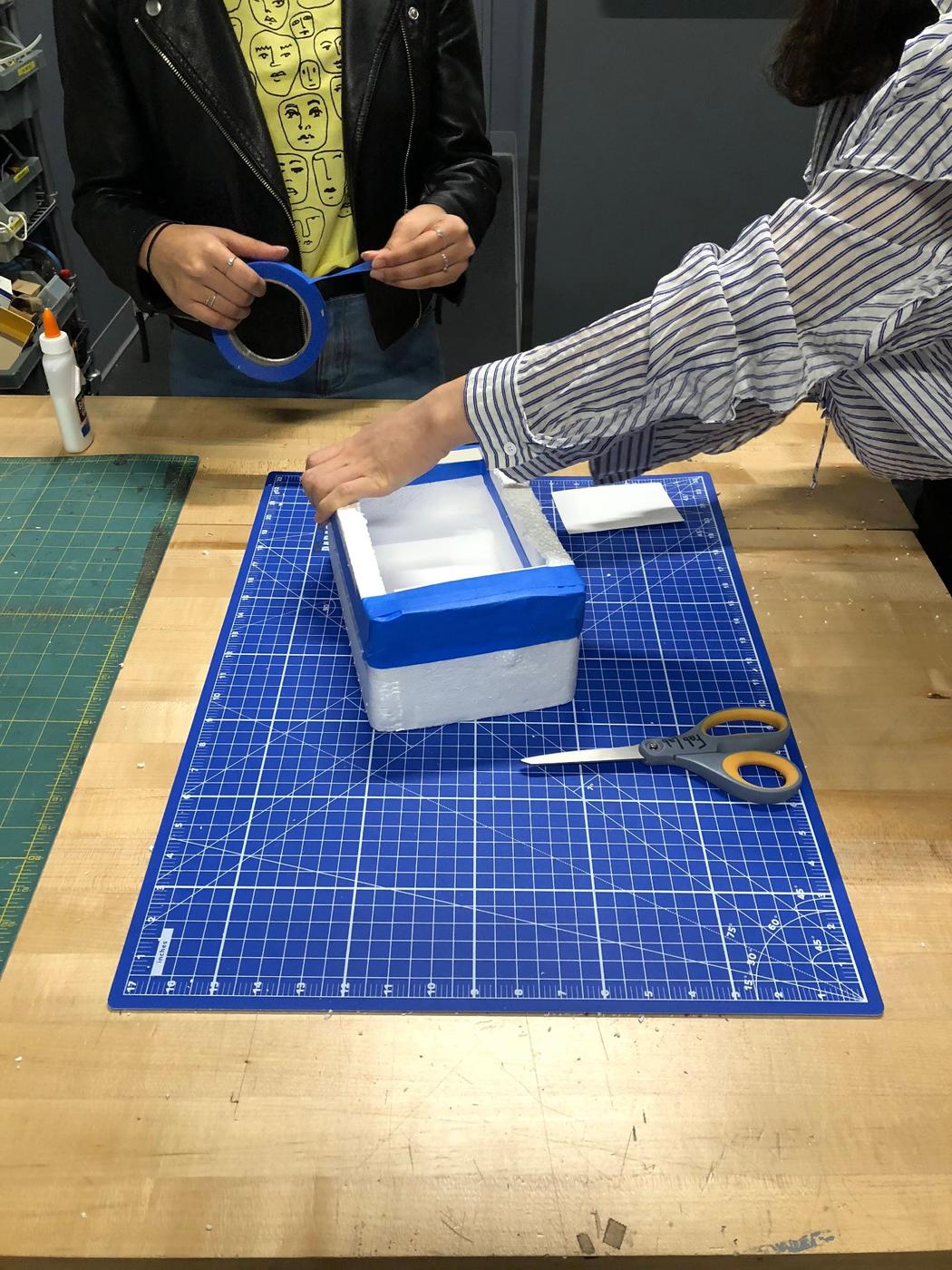
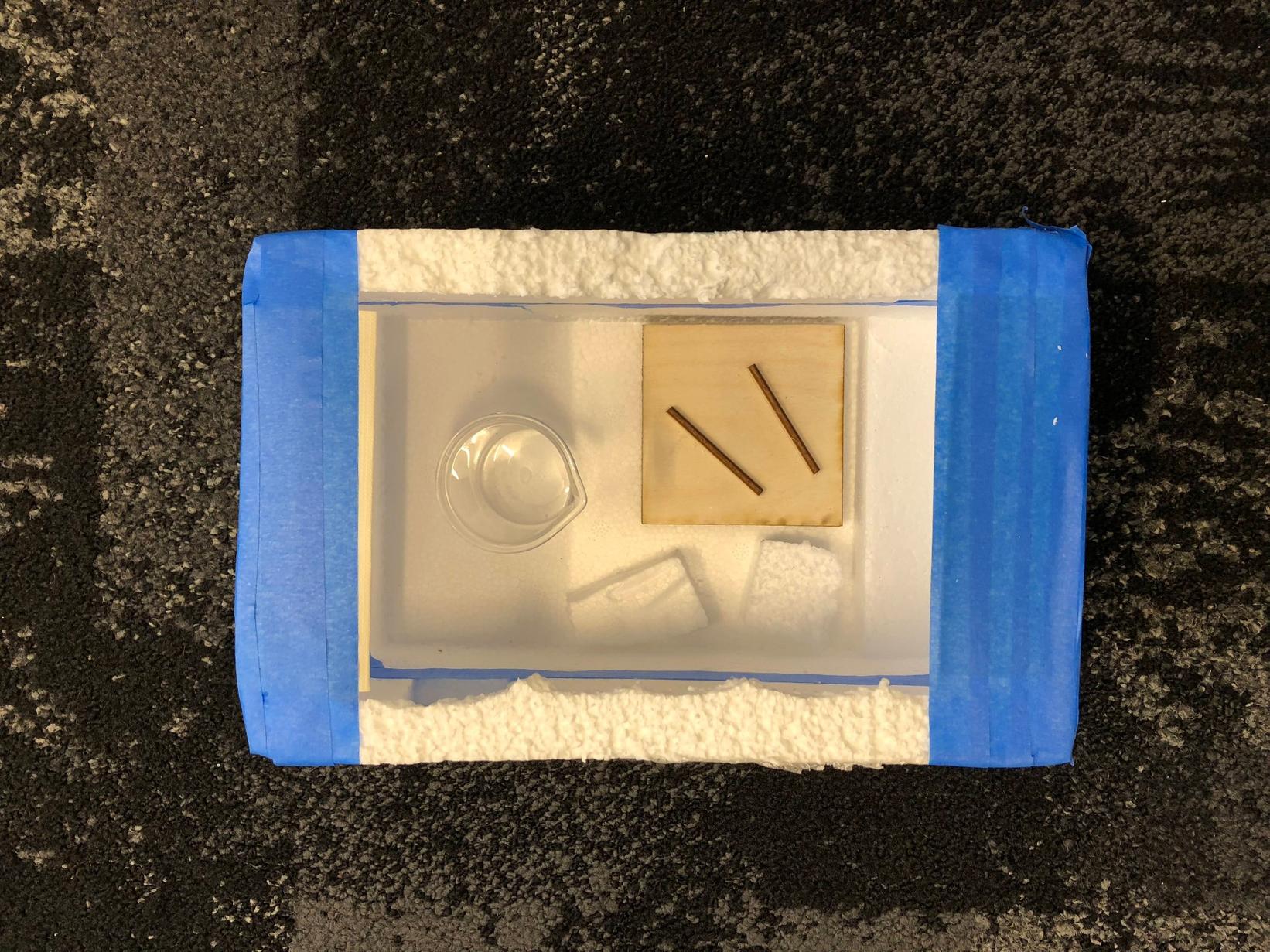
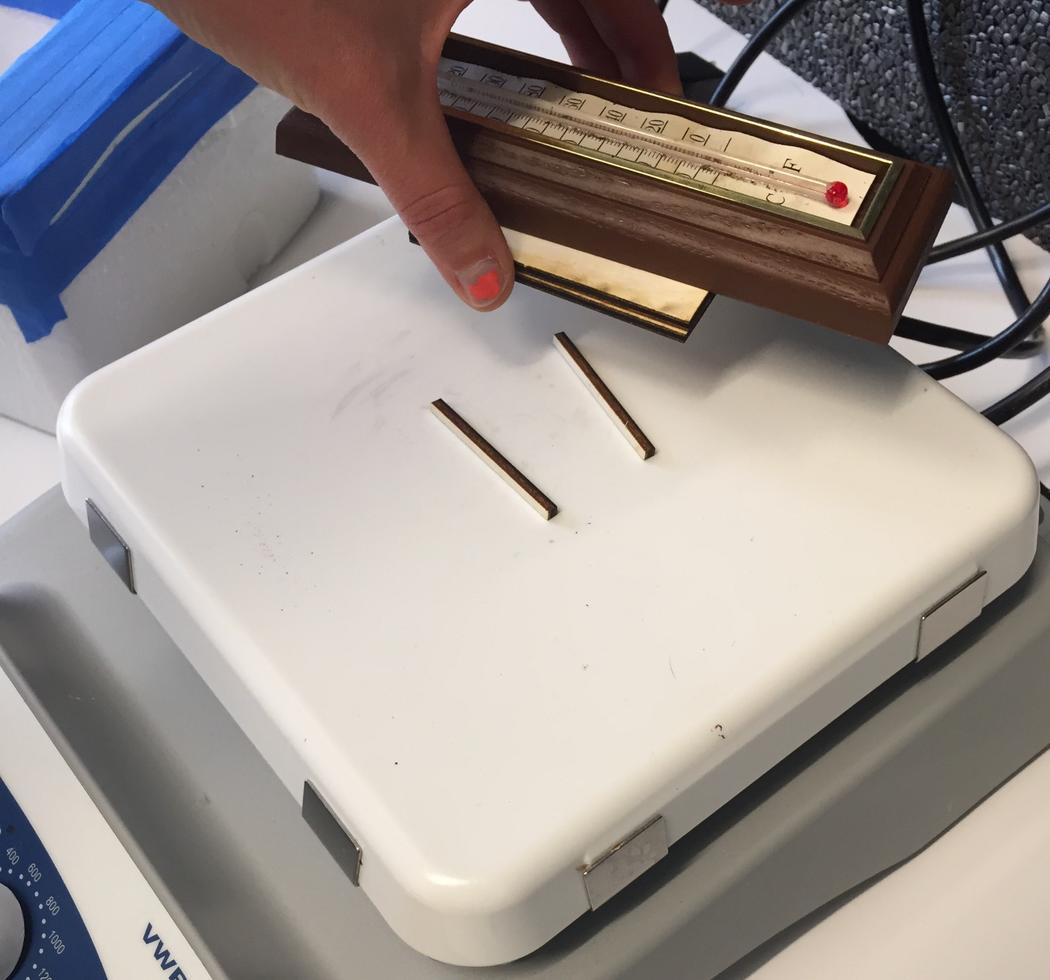
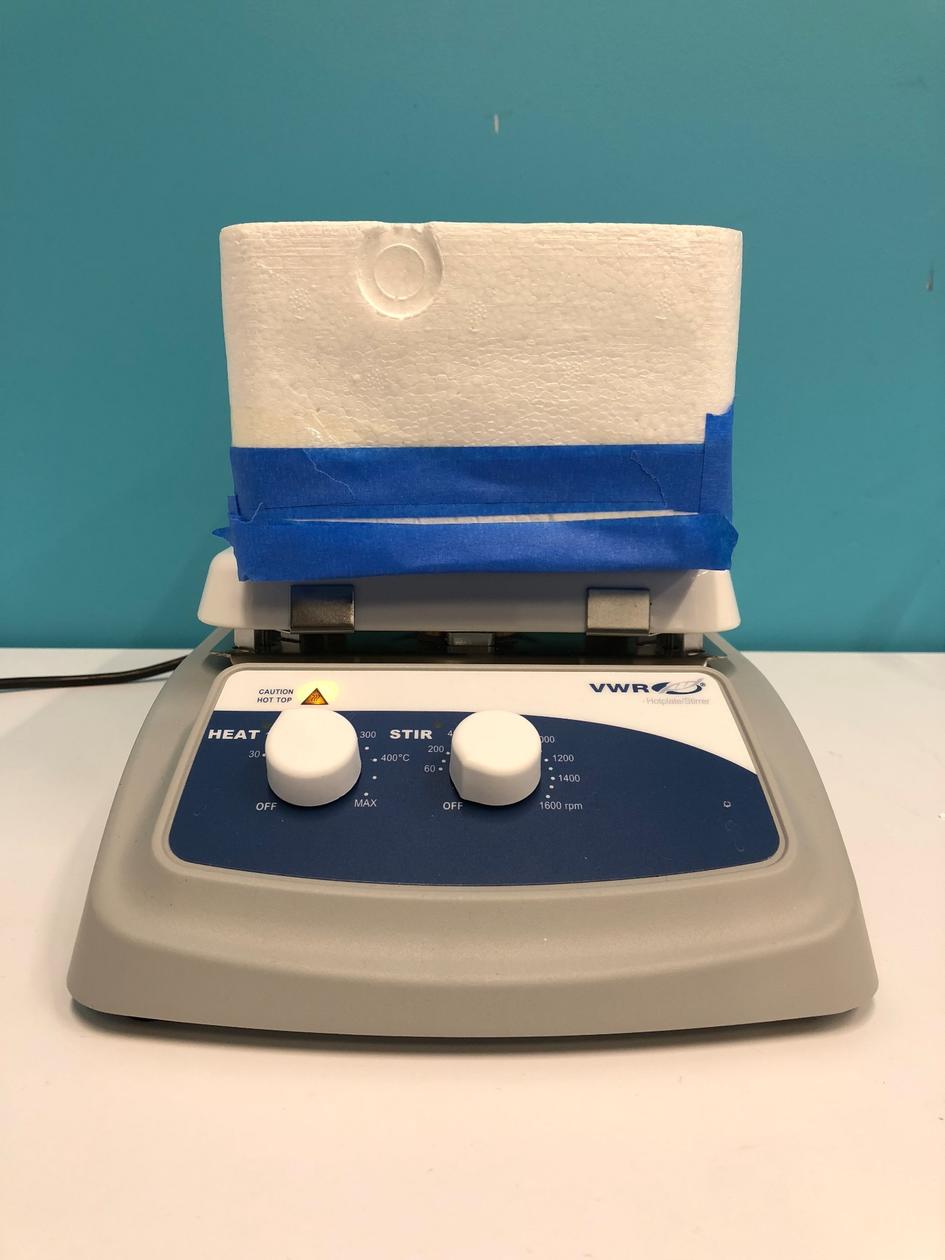
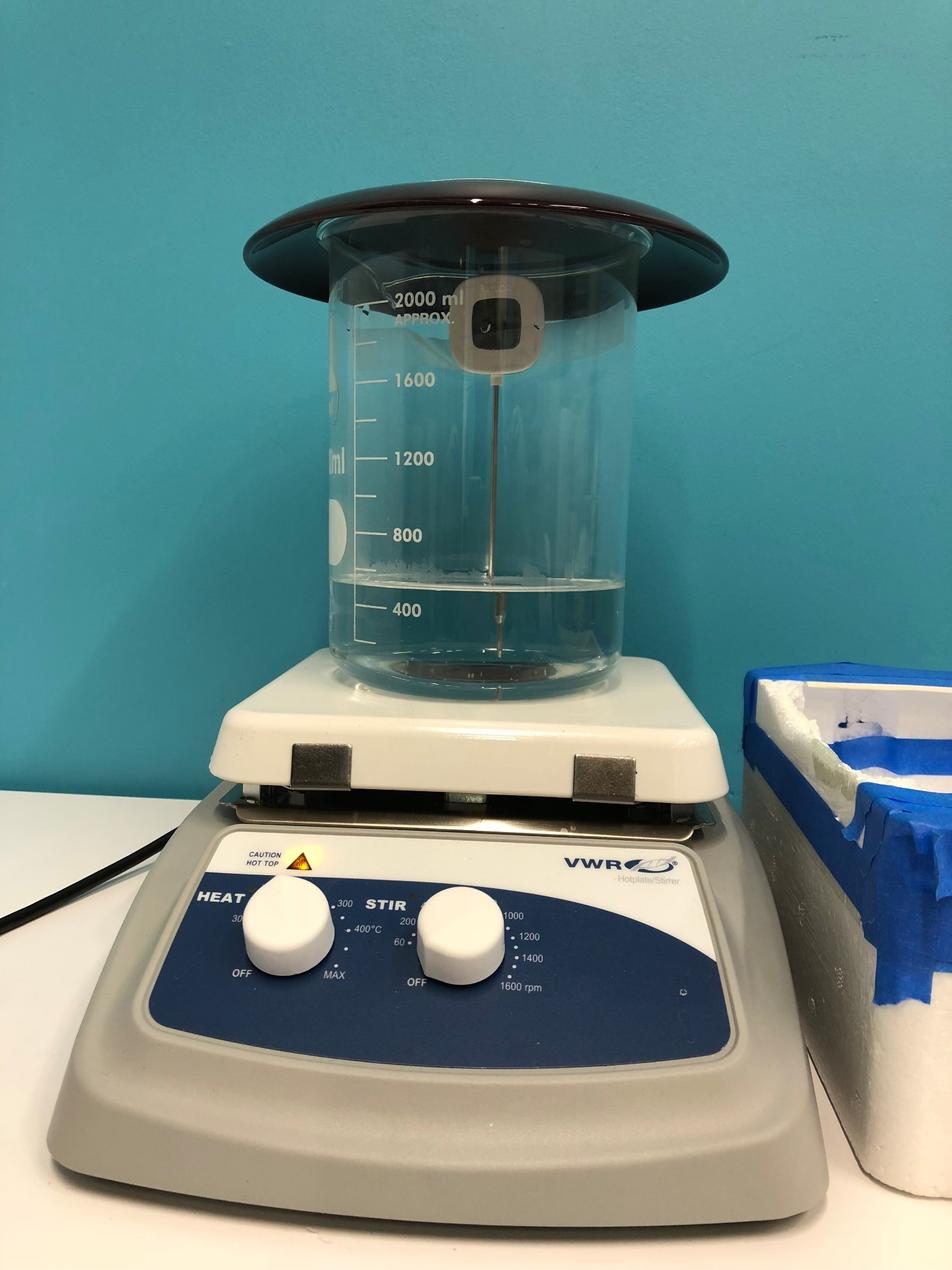

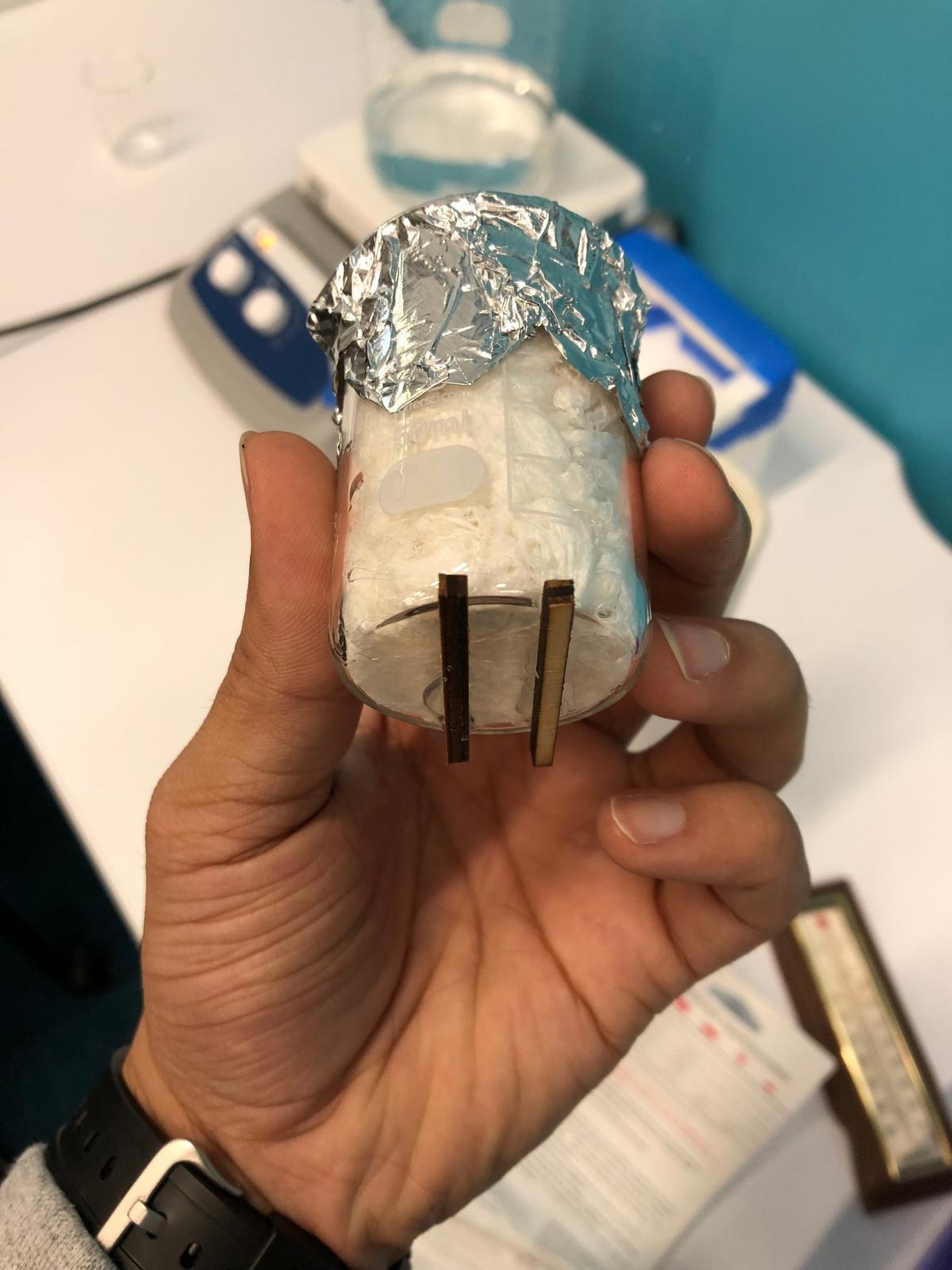
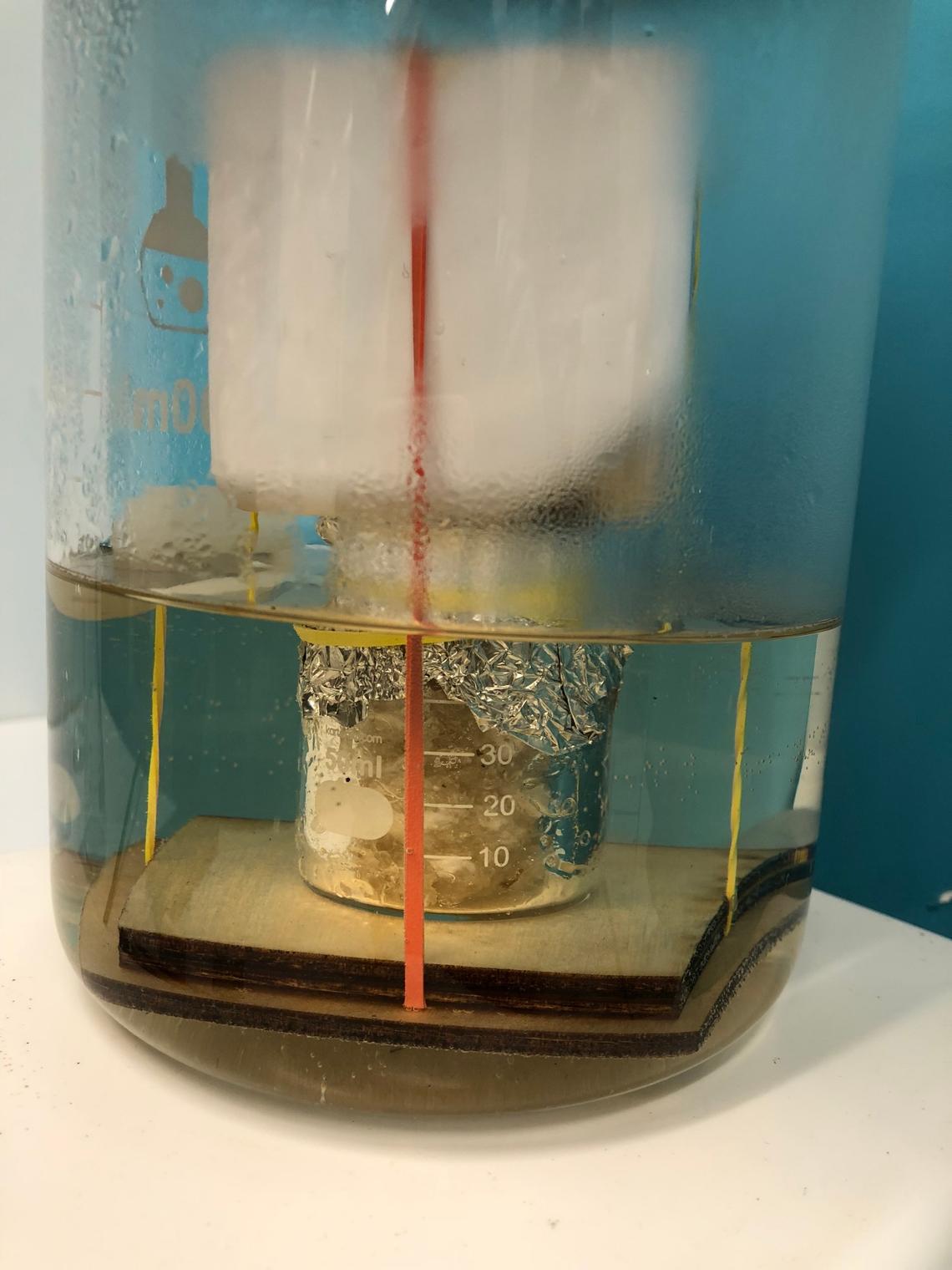
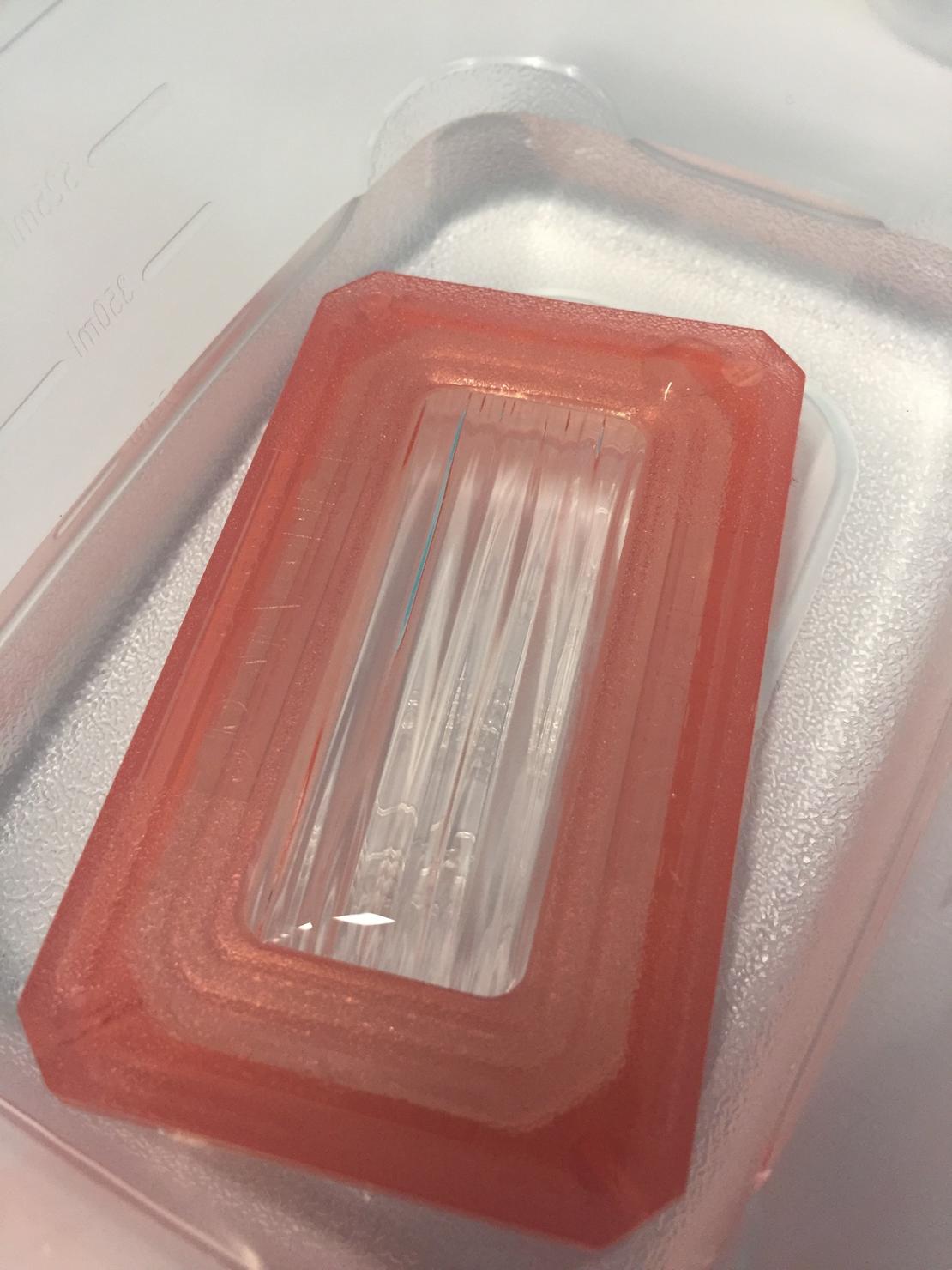
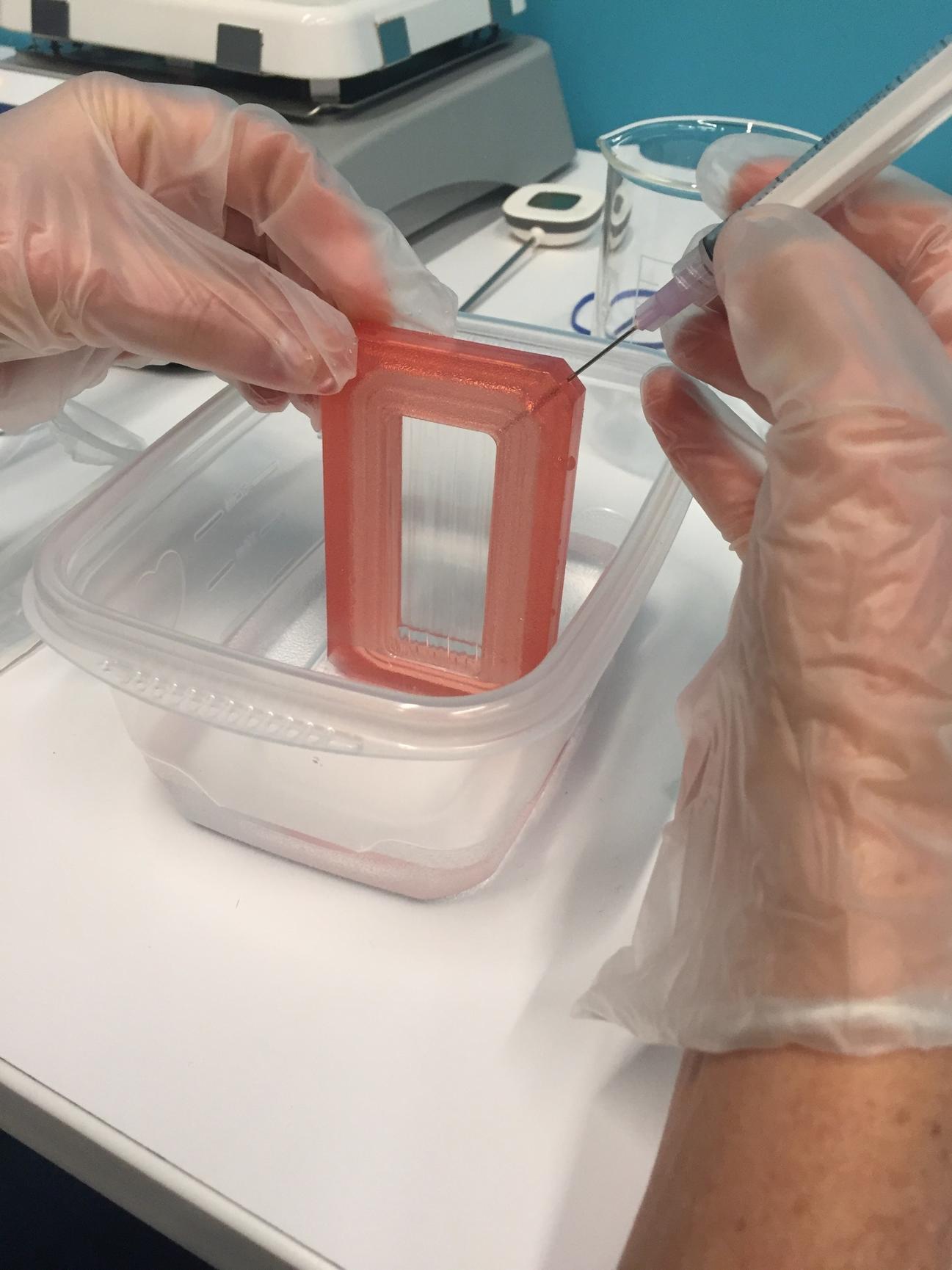
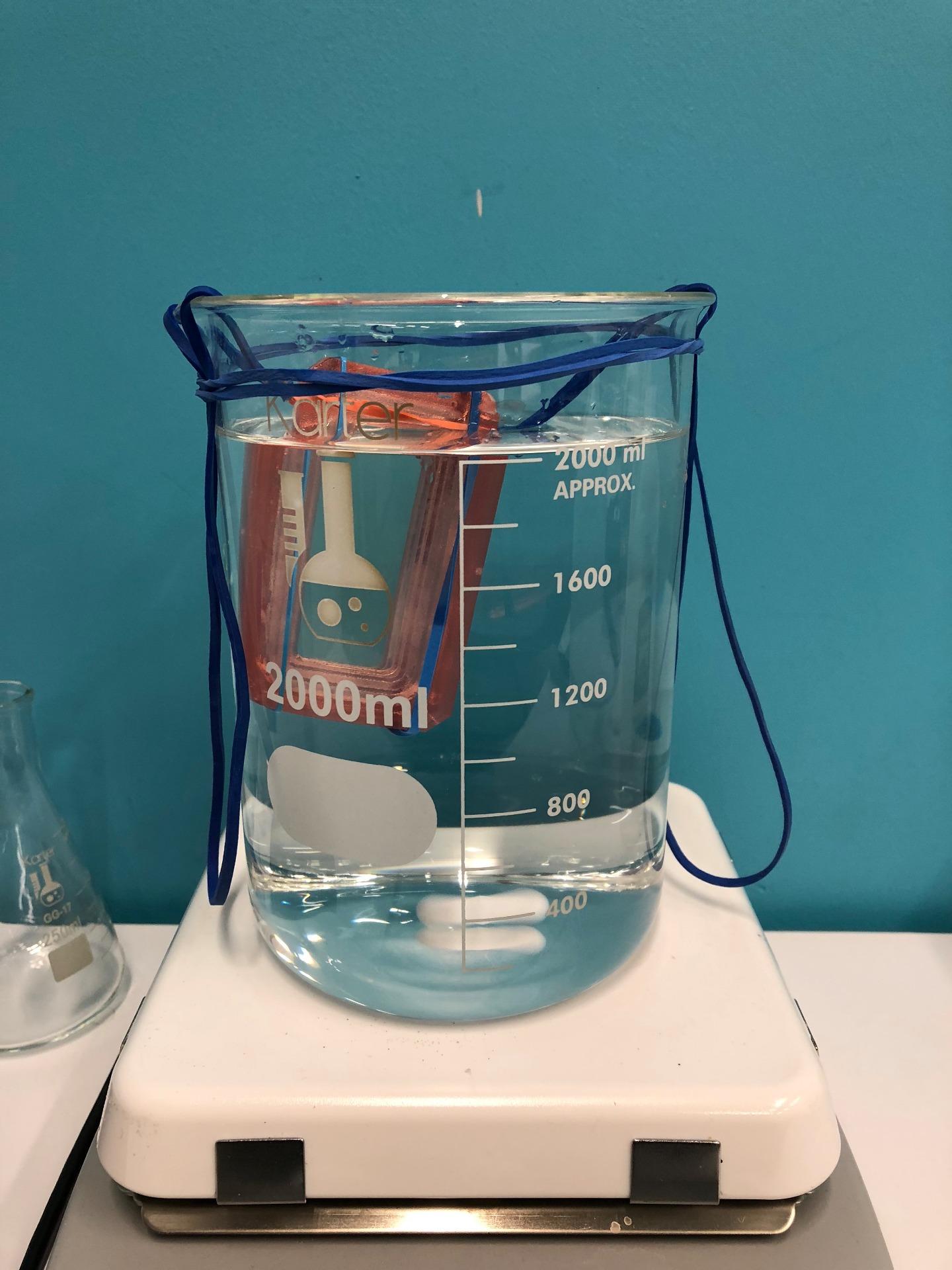

Week 3
Week4

Feasibility
A. Science
Even though probiotics is generally administered through injection, incorporating probiotics into fabric materials is highly feasible. Currently there are various probiotic cosmetic products to nourish facial skin, as well as probiotics containing bed sheets or towels, which contain probiotic capsules that are released upon frictional movements. Also, increasing interests and number of researches on probiotics will allow the discovery of probiotics that possess desirable characteristics to be topically applied to skin.
B. Suitability
Microenvironments of human skin can be altered by macroenvironmental factors, such as interactions with nature or other organisms and life style. Just as we would change these macroscopic environments to better suit the need of humans, we aim to change microenvironments to create favoring environments for microorganisms that dwell on skin. Thus, a biotechnological solution will address this problem the best through the synergy of technological improvements and biological understanding.
C. Compatibility
Our project idea fits well into already-built systems because use of probiotics is a generally accepted idea to improve one’s health. Therefore, this vision will not create any confusion or interfere with the current systems.
Human Impact
A. Users
This product could change the lives of those who use it as it could be pivotal in helping to assuage certain skin conditions that don’t necessarily have a cure. It could also be a beneficial alternative to harsh drugs and antibiotics. It can be hard to find a solution to many skin conditions as the body can become resistant to medications and so, people constantly have to find new ways to combat their medical problems. By working to alter an individual’s skin microbiota, we are eliminating the need for such medications and constant experimentation. Overall, this can lead to a more manageable, comfortable lifestyle for the user.
B. Non Users
The product could have complex implications on the lives of those who don’t use it as it could potentially cause adverse reactions based on proximity. As such, the product would have to be extensively tested to determine allergies and side effects that it could trigger. Because this fabric could come into contact with certain vulnerable populations, like babies, immunological effects must be considered in order to create a safer “probiotic.”
C. Scalibility
This application can be used widely and has the potential to become a part of our everyday lives. The fabric can be incorporated as patches in the clothes we wear or clothes can be made of it entirely. We can also have it incorporated in things we use daily, like our hand towels and bath towels. This product is eventually meant to change the fashion industry to have apparel that benefits us for good.
D. Ethics and Cultural Suitability
Wearable technology is emerging as an innovative tool to improve health and eventually the quality of life. However, as for any other devices that can be connected to network system, security and privacy are main concerns because personal information can be accessed by a third party without user consent. Therefore, establishment of a well secured program is necessary. Furthermore, presentation method should be carefully chosen to not alienate certain groups of people. The product should not be inaccessible for those who are in most need. Especially, certain factors like prices, data visualizations, and explanations associated with the technical device should be adjusted to maximize benefits and understanding of diverse groups of customers with different needs and backgrounds. Also, accessibility to the information on personal health problems should be address in advance to prevent future confusion and conflicts.
Sustainability
A. Environmental impact
Incorporated probiotics will be mainly affecting skin environments of each individual. Also because they are recycled through an incubator rather than disposed after one use, disposing of the probiotics is not a concern for our project. This product is not intended to change the living macroscopic environments. Instead, it will alter and enhance the relationship between microscopic organisms and humans. Also, silk is an environment friendly fabric and is recyclable and biodegradable.
B. Efficiency
Since there is no probiotic fabric yet, we cannot compare the number of resources used on this product to current products. However, culturing probiotics and repopulating them through an incubator are not excessive steps to become a burden. Also, since the fabric can be reused, it can be considered a more efficient way to target lingering skin problems.
C. Life Cycle
Frequent washing of clothing can possibly wash out probiotics on fabrics. Thus, we are introducing the idea of probiotics incubator, which will re-populate probiotics on fabric materials. Instead of washing, the incubator will be kept at an optimal temperature to populate probiotics while clearing out infectious microbes.
Risk
A. Safety
After executing the process of extracting the silk fibroin, we have found that the experiment itself is quite safe. As for the handling of the probiotics, we have researched the FDA guidelines regarding probiotics and found that probiotics are regarded and tested as food products rather than drugs. As such, they are not as heavily regulated; however, the probiotics we will be using will not be dietary supplements, but rather, meant for cosmetic use. Because of this distinction, we will have to do significant testing of the bacteria and the proper dosages to ensure that this product will not do more harm than good. Additionally, warnings regarding the target audience for the product will have to be emphasised and enforced in order to discourage the product’s interaction with groups that have vulnerable immune systems - for instance, infants.
B. Dual Use
The design we’ve created could be used for ill intent by an individual looking to harm a vulnerable being, like a baby or someone with an autoimmune deficiency, as his/her body will have a harder time fighting the probiotic bacteria. However, we would mitigate the possibility of adverse reactions to these probiotics by controlling the amount of bacteria in the fabric very carefully. So, even if it causes mild reactions when used improperly, it would never be life threatening - even to vulnerable communities.
